Business Process Automation (BPA) is the application of technology to replace recurring, manual tasks, allowing organizations to focus on more strategic initiatives. This can include automating email communications, membership renewals, payment processes, hiring and onboarding as well as many other functions of an organization. Implementing BPA can help organizations improve efficiency and save time and money.
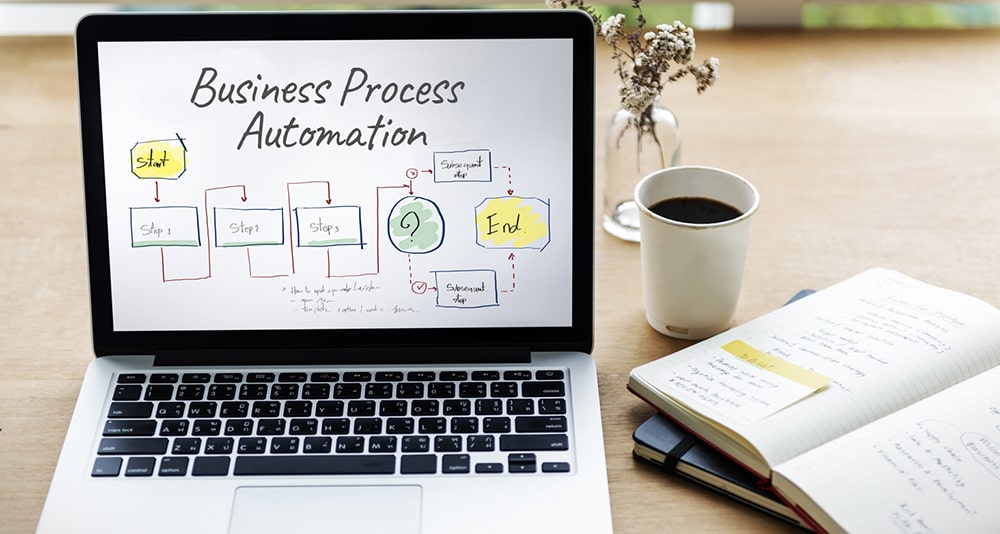
Here are a few of the most impactful benefits of automation:
- Better Customer Service – Business process automation can help organizations keep track of member inquiries and requests, ensuring that each one receives prompt attention.
- Improved Data Management – When it comes to data management, automation is key. By streamlining your data entry and retrieval processes, you can improve efficiency and accuracy across the board.
- Reduced Operating Costs and Increased Efficiency – By automating repetitive or time-consuming tasks, organizations can free up time to focus on more strategic initiatives. As a result, automating key processes can help organizations operate more effectively and save on labor costs in the long run.
- Improved Communication – By automating email and text messages, organizations can ensure that their members are always up-to-date on the latest news. In addition, organizations can use automated systems to track member activity and gauge interest in specific topics. This information can be used to tailor communications and ensure that members are receiving the information they need.
- Greater flexibility – In today’s rapidly changing world, organizations must be able to respond quickly to new challenges and adapt their processes accordingly. Automating key processes can help organizations to become more agile and responsive.
- Improved member satisfaction– When organizations make it easier for members to access the information they need, they are more likely to be satisfied with their membership experience.
- Stronger relationships with vendors and partners- It is easier to develop strong working relationships with vendors and partners when associations have streamlined processes.
- Better data for decision making – By automating data collection and analysis, associations can make better-informed decisions about their operations.
A business process automation (BPA) application can provide your association with a number of benefits, including increased membership engagement, better customer service, improved data management, reduced operating costs, increased efficiency, greater flexibility, and improved member satisfaction. If you’re interested in learning more about how a BPA application could benefit your organization, please don’t hesitate to contact us. We would be happy to discuss the options available and help you find the perfect solution for your needs.



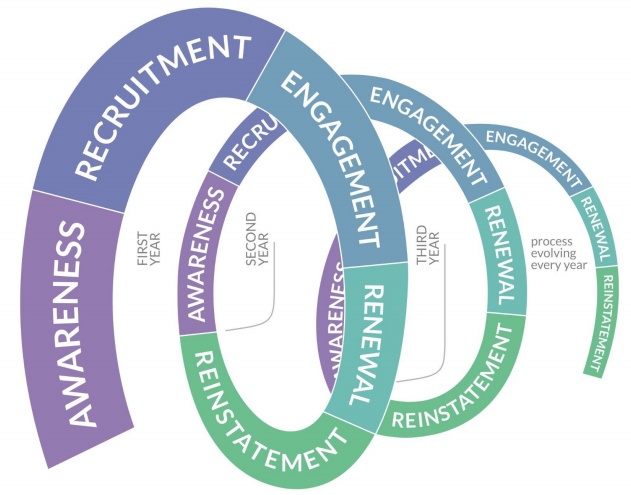
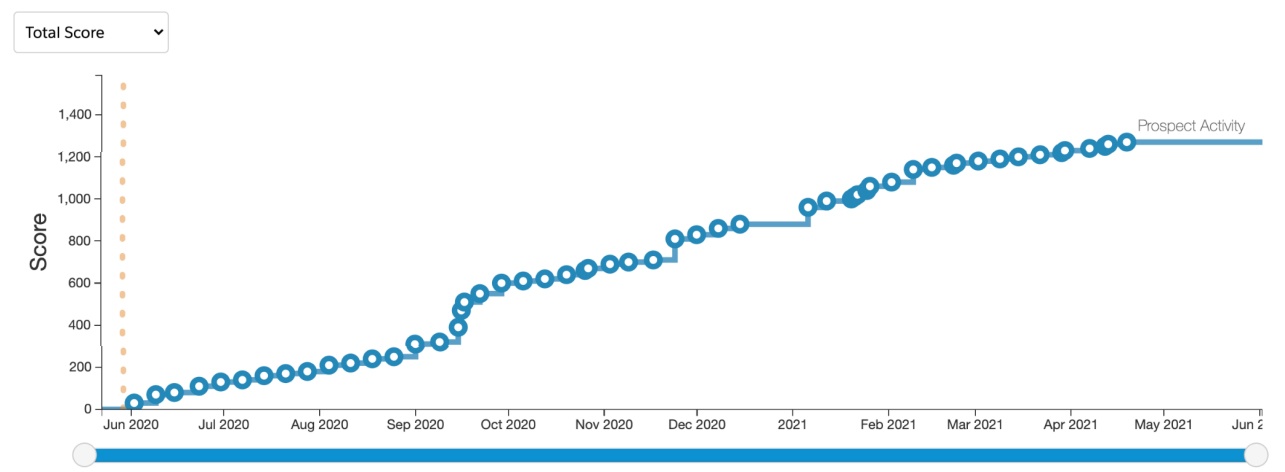
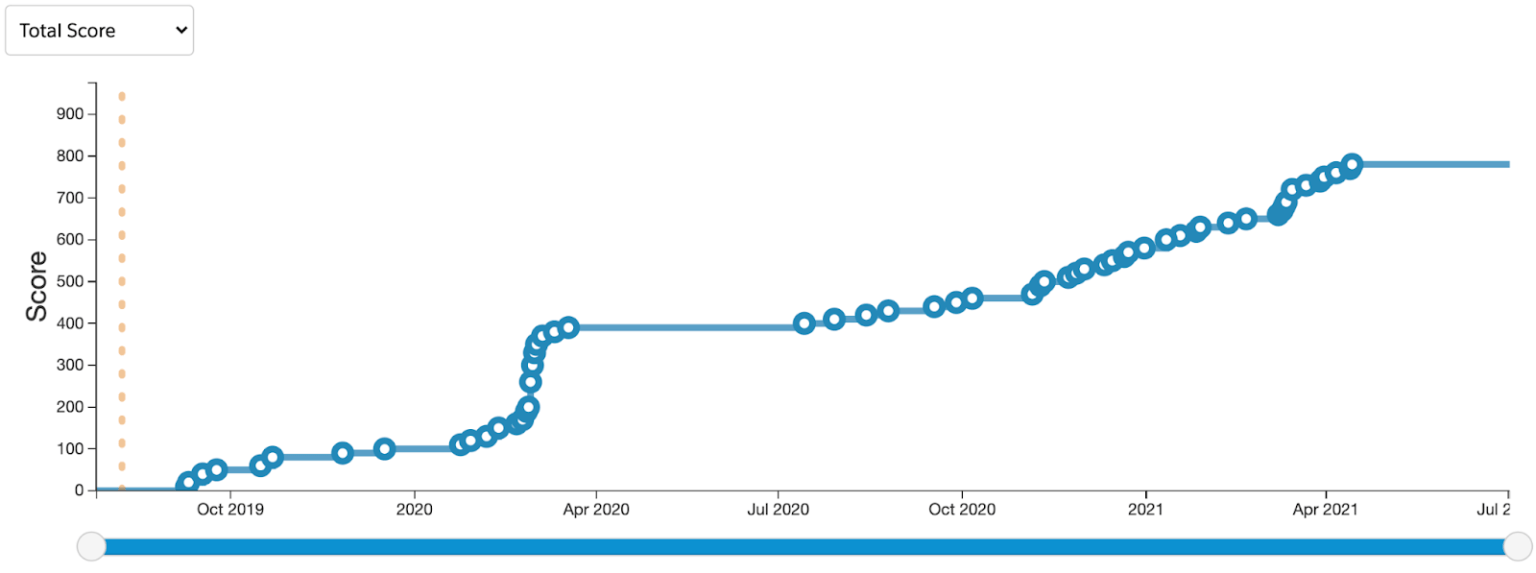


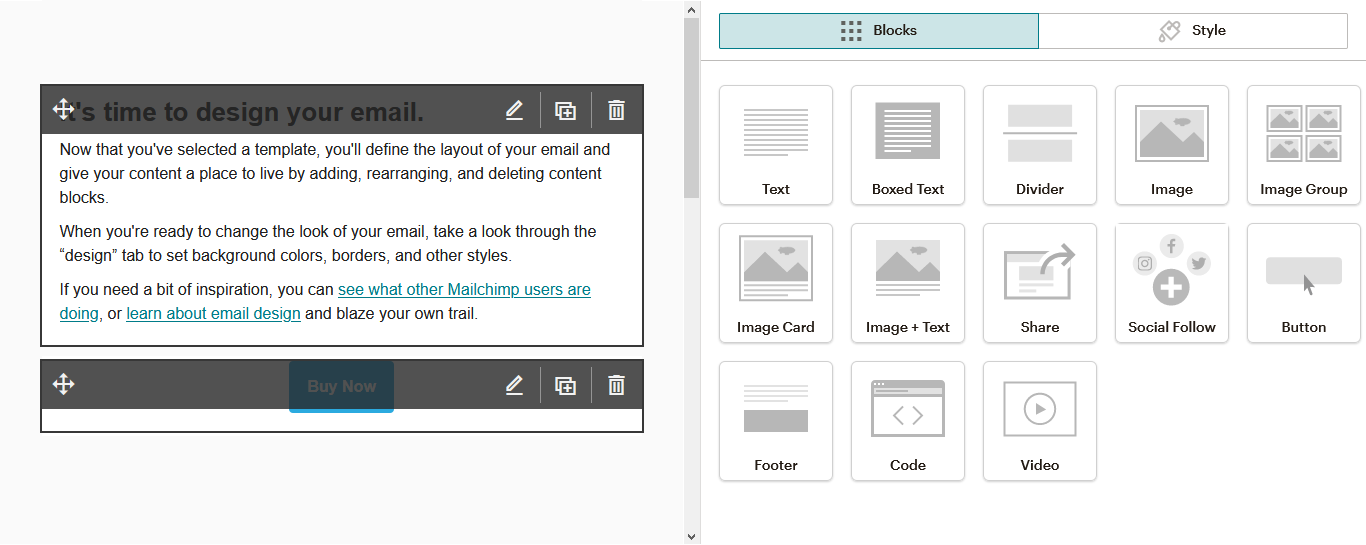
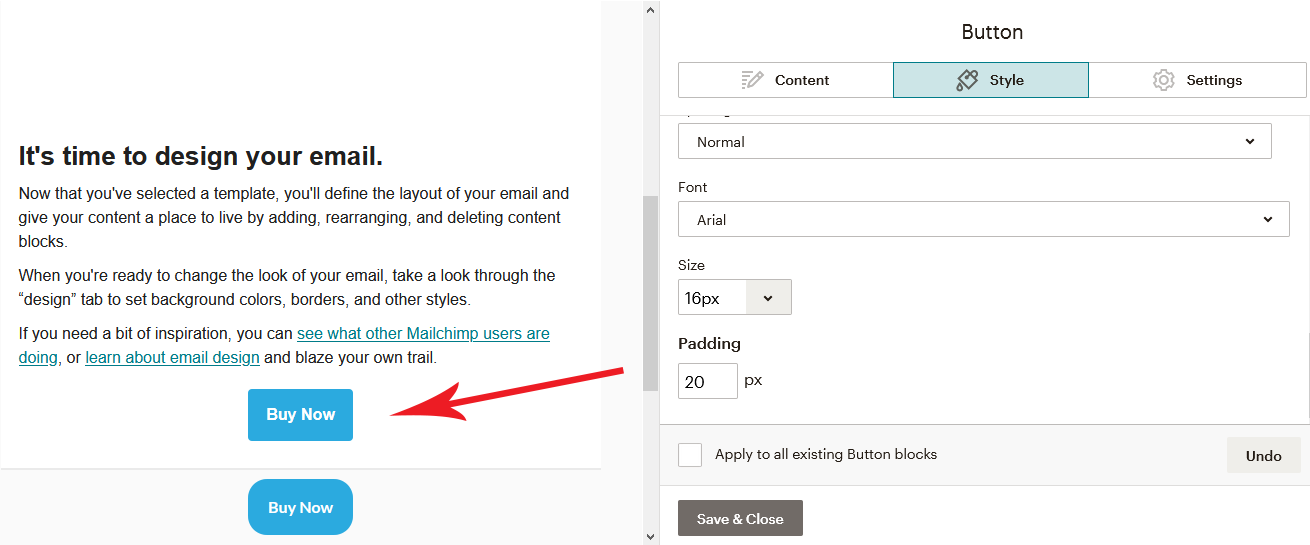

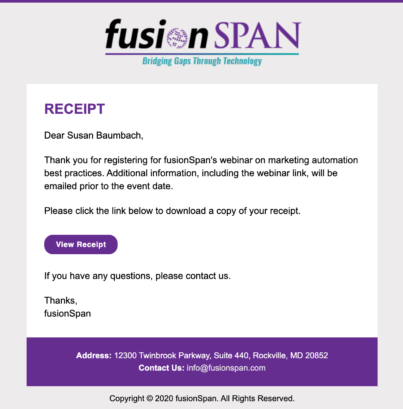
 fusionSpan believes that the addition of support services, after a marketing tool implementation, is a critical component to the successful adoption of that tool. Not only is that support answering questions from staff, but also there is a maintenance component to ensure any product features are upgraded and new tools are vetted before use. There are valid concerns about the monthly cost of support, being reliant on an outside party while not building capacity internally, and dealing with knowledge transfer if you do end the support agreement in the future. These issues may arise if expectations are not clear at the onset.
fusionSpan believes that the addition of support services, after a marketing tool implementation, is a critical component to the successful adoption of that tool. Not only is that support answering questions from staff, but also there is a maintenance component to ensure any product features are upgraded and new tools are vetted before use. There are valid concerns about the monthly cost of support, being reliant on an outside party while not building capacity internally, and dealing with knowledge transfer if you do end the support agreement in the future. These issues may arise if expectations are not clear at the onset. Training internal staff quickly to become expert users is an achievable goal but may take longer than expected. Priorities and circumstances shift and training is put on the back burner. Typically, we see multiple tools being implemented together, so your team would need to learn several items at the same time. Your staff already have full-time jobs and it takes focus on the product to really maximize your investment. A support partner is aware of the tool’s ultimate capabilities and they also have a pulse on new system updates that can resolve issues and enhance your staff’s work. In addition, a partner has experience with the reporting and analytics capability of the tool, allowing it to be refined to better engage members in the future.
Training internal staff quickly to become expert users is an achievable goal but may take longer than expected. Priorities and circumstances shift and training is put on the back burner. Typically, we see multiple tools being implemented together, so your team would need to learn several items at the same time. Your staff already have full-time jobs and it takes focus on the product to really maximize your investment. A support partner is aware of the tool’s ultimate capabilities and they also have a pulse on new system updates that can resolve issues and enhance your staff’s work. In addition, a partner has experience with the reporting and analytics capability of the tool, allowing it to be refined to better engage members in the future.